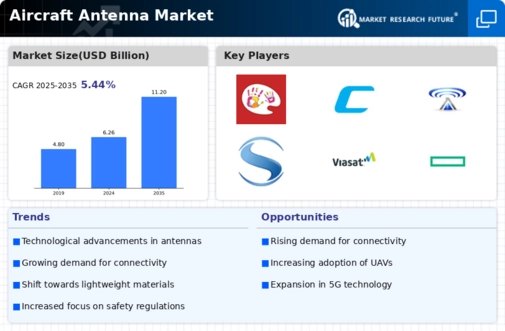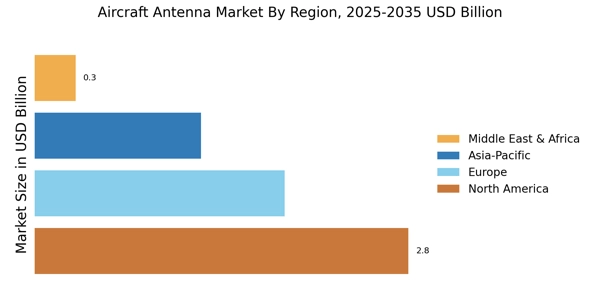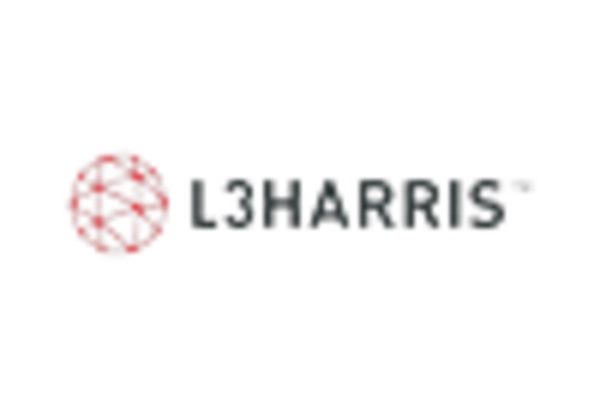The Global Aircraft Antenna Market is an evolving sector characterized by rapid technological advancements and increasing demand for enhanced connectivity in the aviation industry. As air travel becomes more intertwined with digital communication and modernization, the need for sophisticated antenna systems has surged.
The competitive landscape features a variety of players, from established aerospace manufacturers to emerging technology firms, each vying for market share by innovating and expanding their product offerings.
Companies are focusing on integrating advanced features such as multi-frequency capabilities, lightweight materials, and advanced signal processing technologies to cater to the diverse requirements of commercial, military, and business aviation applications.
The competitive insights indicate a dynamic environment where strategic partnerships, mergers and acquisitions, and investments in research and development play a crucial role in shaping the market. Leonardo has carved a significant niche for itself in the Global Aircraft Antenna Market by leveraging its engineering prowess and commitment to innovation.
The company focuses on delivering a wide array of high-performance antennas that support various communication and navigation needs for both civil and military aircraft. Leonardo's strength lies in its advanced technology capabilities coupled with a strong emphasis on quality and reliability.
With a well-established reputation for designing complex systems, it also benefits from a strong presence in multiple global defense contracts, enhancing its credibility and market positioning. The company’s focus on research and development leads to continuous improvements and adaptations in its product line, ensuring that it stays ahead of industry trends and meets the evolving demands of customers.
As a result, Leonardo maintains a competitive edge through robust technological offerings and strategic collaborations that enhance its product portfolio. Cobham is another key player in the Global Aircraft Antenna Market, recognized for its commitment to providing innovative solutions that enhance communication, navigation, and surveillance across a variety of aviation platforms.
The company specializes in developing antennas that are tailored to the specific needs of both commercial and defense sectors, which allows it to address a wide array of customer requirements effectively.
Cobham’s strength lies in its ability to integrate advanced technology into its antenna systems, offering features such as high-performance signal processing and compatibility with various operational environments.
The company benefits from a strong legacy in the aerospace sector and has established strategic partnerships that extend its market reach. By focusing on high-quality production standards and customer engagement, Cobham strives to differentiate itself in the competitive landscape, ensuring a high level of customer satisfaction and retention while continuously adapting to changing market dynamics.


















Leave a Comment